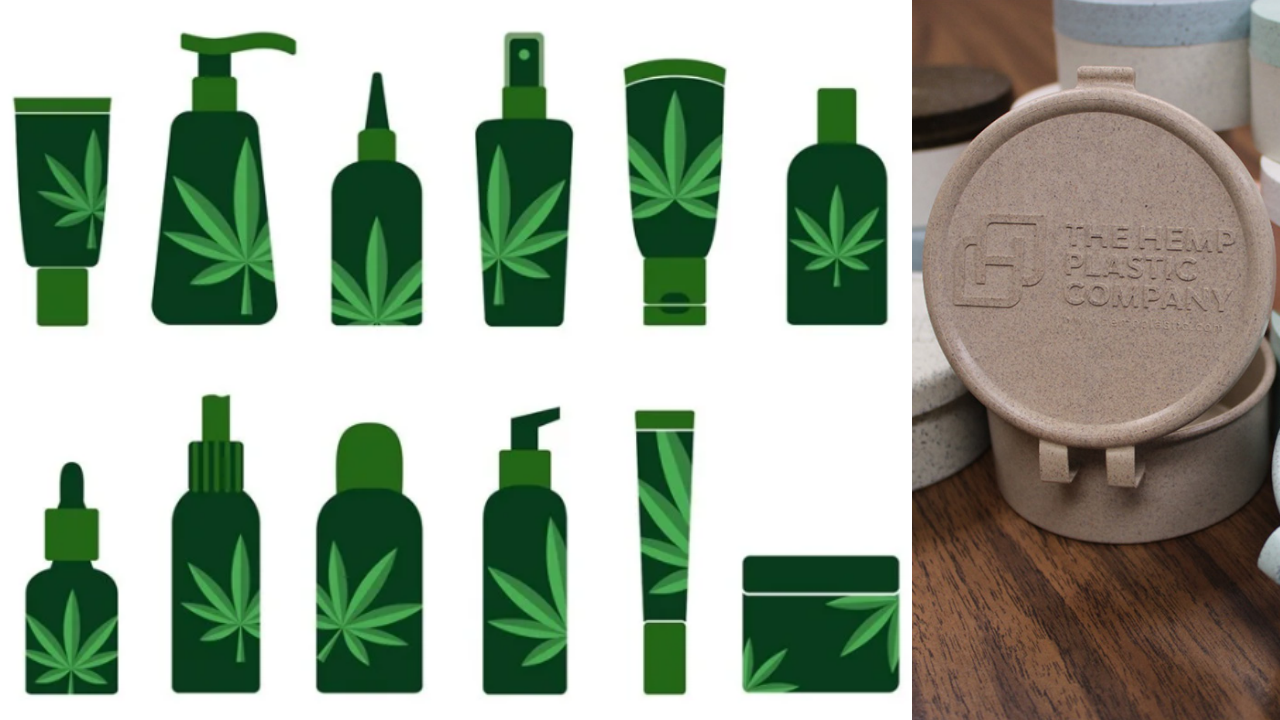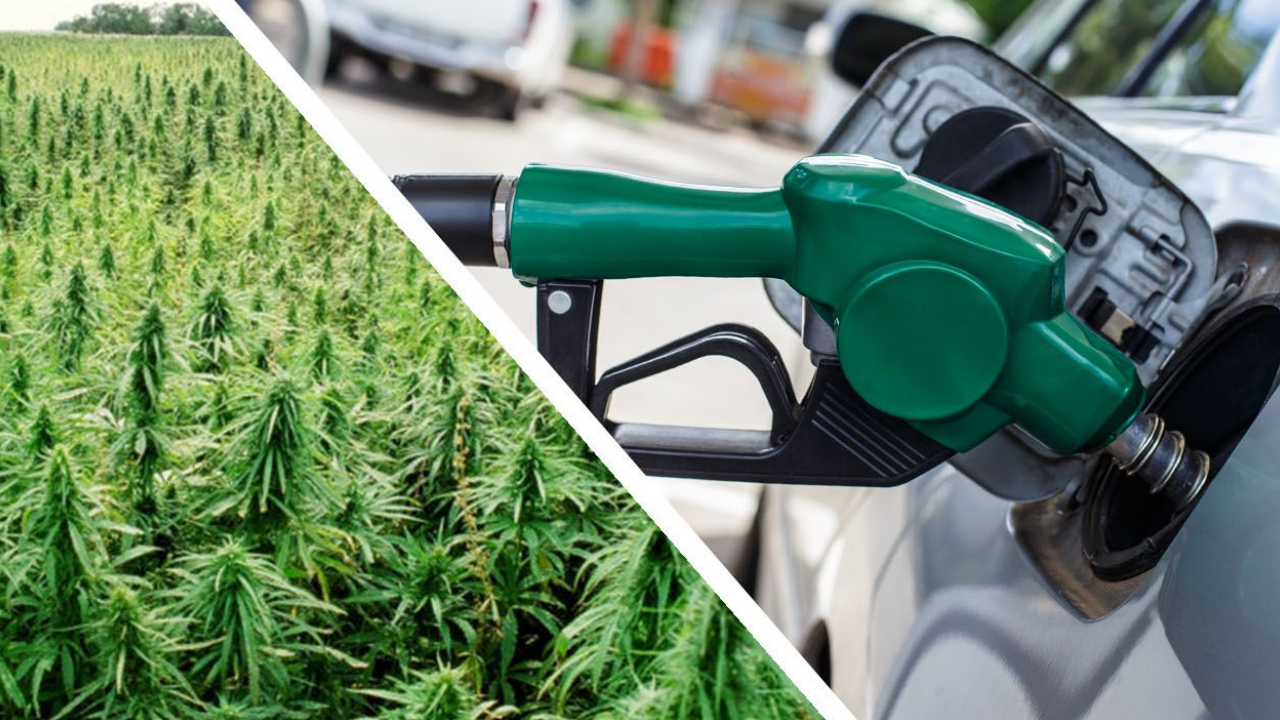Hemp Plastic vs. Petrochemical Plastic: A Greener Revolution in the Making
In the age of rising environmental awareness and urgent ecological crises, plastic stands out as both a modern marvel and a global menace. Petrochemical-based plastics—made from fossil fuels—have become deeply embedded in everyday life, from packaging and electronics to toys and textiles. Yet, their convenience comes at a steep cost: long-term pollution, toxic chemical leaching, and a heavy carbon footprint. Enter hemp plastic, a biodegradable, non-toxic, plant-based alternative poised to disrupt the petrochemical plastic industry.
Hemp, a variety of the cannabis plant, is no stranger to industrial use. For thousands of years, it has been cultivated for rope, textiles, paper, and medicine. Now, with modern innovation, it offers a viable solution to one of our most urgent problems: plastic pollution. Here’s why hemp-based plastic may be the future of safe, sustainable manufacturing—and why the world can’t afford to ignore it.
The Problem with Traditional Plastics
Petrochemical plastics are derived from crude oil and natural gas, both non-renewable fossil fuels. The production process emits enormous amounts of carbon dioxide, contributing to global warming. Moreover, these plastics can take hundreds to thousands of years to decompose, clogging oceans, landfills, and ecosystems in the process.
But perhaps even more concerning than plastic’s persistence in nature is the toxic legacy it leaves behind in the human body. Modern plastics often contain harmful additives like Bisphenol A (BPA) and Bisphenol S (BPS)—industrial chemicals used to harden plastic. These compounds are endocrine disruptors, meaning they mimic or interfere with hormones in the body, leading to a host of health problems.
Studies have linked BPA and BPS exposure to:
- Reproductive disorders
- Infertility
- Breast and prostate cancer
- Neurodevelopmental issues in children
- Obesity and metabolic dysfunction
And the scary part? These chemicals are not bound tightly to plastic. They leach easily, especially when exposed to heat or UV light—think of plastic water bottles left in the sun or microwaving food in plastic containers.
Enter Hemp Plastic: Nature’s Answer to a Man-Made Problem
Hemp plastic is made from the cellulose extracted from hemp stalks. Cellulose is the same organic polymer that forms the structural component of plant cell walls—and it happens to be the key ingredient in making bioplastics. Hemp is one of the richest sources of cellulose in the plant kingdom, offering as much as 65-70% cellulose content, compared to wood’s 40% and cotton’s 90%.
Unlike petrochemical plastics, hemp-based plastics are biodegradable, breaking down in a matter of months under industrial composting conditions. They do not release harmful chemicals into the environment and do not require fossil fuels for their creation. Hemp can even be grown organically, using little water and no pesticides, making it a true eco-warrior crop.
Health and Safety Benefits
Because hemp plastics don’t contain BPA, BPS, phthalates, or other endocrine-disrupting compounds, they present a significantly lower risk to human health. This makes hemp plastic especially attractive for use in:
- Food packaging
- Baby products
- Medical equipment
- Consumer goods that come in direct contact with skin
Parents, in particular, are turning to hemp-based products as safer alternatives for their children’s toys, utensils, and containers—items traditionally made from chemically-laden plastic.
A Carbon-Negative Lifecycle
Hemp is not just carbon-neutral—it’s carbon-negative. The plant absorbs more CO₂ than it emits during its growth, helping to offset emissions from other industries. In fact, one hectare of hemp can absorb 15 tons of CO₂, more than most trees.
When used to produce plastic, the net carbon emissions are drastically lower than conventional plastic production. And since hemp grows quickly—maturing in as little as 90–120 days—it’s a highly renewable and scalable resource.
Industrial Applications and the Road Ahead
Hemp plastic can be molded and manufactured into nearly any shape or product that petrochemical plastic can—ranging from automotive parts and electronics casings to sunglasses and phone covers. Companies like LEGO, Ford, and Nike are already exploring or incorporating hemp-based materials in their supply chains.
Yet, challenges remain. Hemp plastic is currently more expensive to produce than petrochemical plastic due to limited infrastructure and outdated regulations stemming from decades of cannabis prohibition. As legal barriers fall and demand rises, prices are expected to decrease—making hemp plastic more competitive and widespread.
A Cleaner, Safer Plastic Future
Hemp plastic is more than a novelty—it’s a necessity. As microplastics invade our oceans, food chains, and even our bloodstreams, the need for a safe, sustainable alternative has never been greater. Hemp offers a renewable, non-toxic, biodegradable solution that protects both the planet and the people living on it.
While it may not completely replace petrochemical plastics overnight, hemp-based plastic represents a powerful step toward a cleaner, greener, and healthier future. By investing in and demanding better materials, we can rewrite the story of plastic—and this time; make it one rooted in sustainability.
Sid Prince
Photo credit: https://europlas.com.vn/en-US/blog-1/the-pros-and-cons-of-hemp-bioplastic


